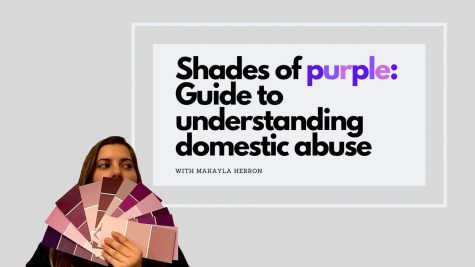Standardized Tests, Broken Dreams
Why standardized test scores should not be heavily weighted on college applications
Every year, millions of high school students decide to further their education by applying to college. The average college application asks students to submit several documents: transcripts, letters of recommendation, an essay and SAT and/or ACT scores. The standardized test scores that students submit can be the factor that determines their admission into a university.
Although these scores are a necessary evil, they shouldn’t be as heavily weighted in the decision of whether or not to admit a student.
One of the ways some colleges and universities evaluate test results is through the process of superscoring, choosing a student’s highest score in each section of the SAT or ACT and combining them into one “superscore.” When something as simple as a mishap with a student’s phone alarm the morning of a standardized test can negatively influence his or her performance, superscoring gives the student a second chance. Unfortunately, superscoring is not universal. For those who prefer the ACT, the blessing of a superscore becomes even rarer. According to The Princeton Review, out of the 500 colleges surveyed, only 68 percent superscore the ACT compared to the 90 percent superscoring the SAT. With inconsistencies among the universities decision on whether or not to superscore, how can these test scores be such a crucial factor in the admission process?
From tutoring sessions to online courses, there are a multitude of options for preparing for the SAT and ACT, but they are not accessible to everyone. One-on-one tutoring sessions can cost anywhere from 15 to a startling 200 dollars per hour and are not guaranteed to boost scores. There are also prep courses available such as Kaplan Test Prep and The Princeton Review (both at a starting price of $299). Financially, these tools may be unattainable for some students, placing them behind others with an economic advantage. Access to these resources can make the difference between an acceptance letter and a rejection letter. Of course, there are some free options for prep courses, one of the most well-known being Khan Academy. One key limitation with Khan Academy is that the course only focuses on the SAT. In addition, the course doesn’t allow for real-time feedback on student questions like their competitors PrepScholar.
Every standardized test boils down to a score. This simple number is viewed by universities as an accurate reflection of a student’s abilities. We often assume that the only way to improve scores is by studying. However, there are various factors that can contribute to a low test score. According to Childtrends.org, 18 percent of children were identified as having a learning disability in 2013. Among the disabilities are Dyslexia, Attention Deficit Disorder (ADD) and Attention Deficit Hyperactivity Disorder (ADHD.) Students may also display poor testing performance due to difficult home situations, family obligations and debilitating anxiety. Standardized test scores do not account for outside-of-school complications, learning disabilities and the crippling pressure put on students to score high.
Standardized test scores may be an efficient way to assess a student’s application, but it comes at too high of a cost. These tests drive students to extraordinary lengths financially and mentally to achieve a higher score. Test scores should not have as much power as they do in admissions, especially when the universities themselves are inconsistent with their SAT and ACT requirements.











